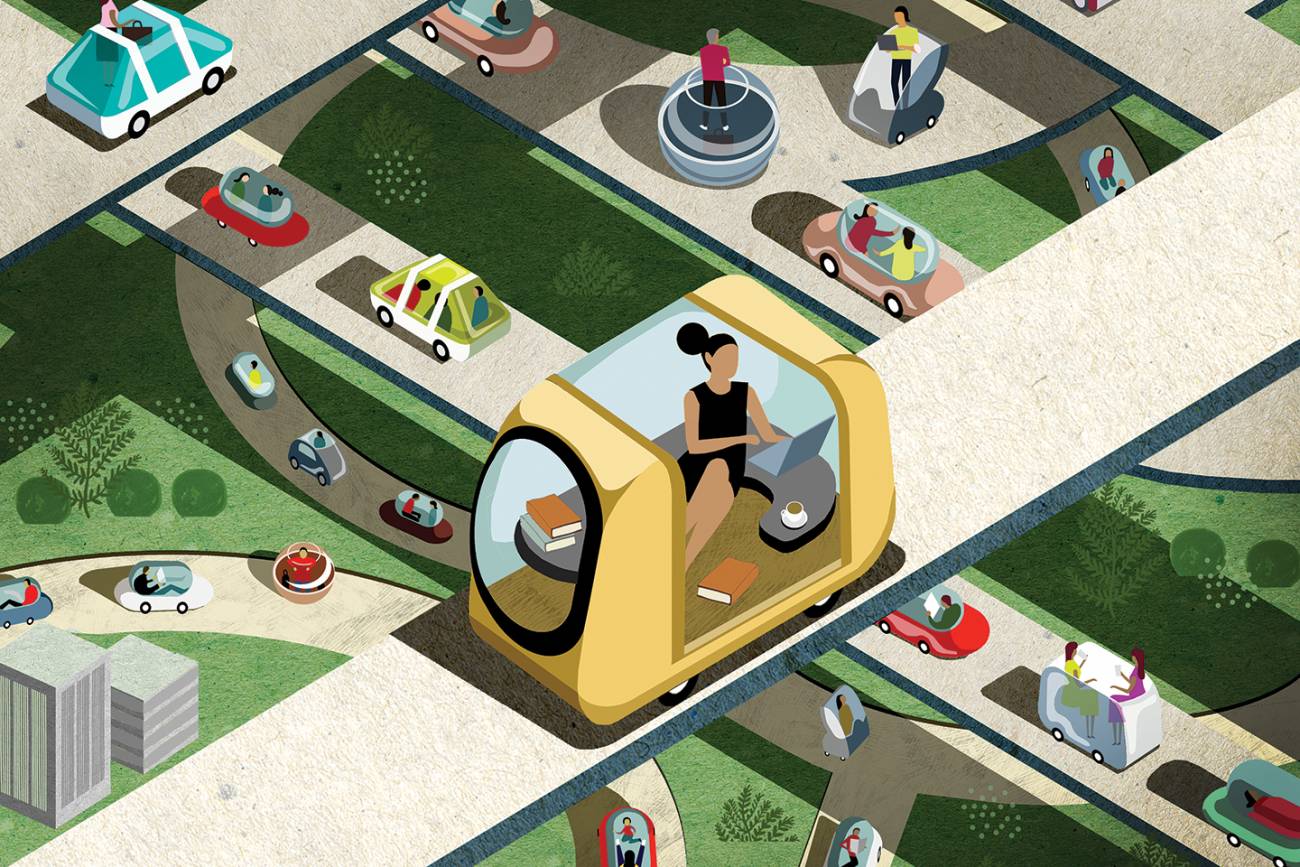
The Evolution of Urban Mobility: EU Trials Set the Stage for Autonomous Public Transport
By Gareth Willmer
In a tranquil urban valley located in north-eastern Oslo, a revolutionary change in public transport systems is in progress. In early February 2025, five self-driving electric vehicles started transporting residents around Groruddalen, marking a crucial milestone in the EU-supported ULTIMO initiative — an ambitious project focused on establishing large-scale, demand-responsive, autonomous public transport throughout Europe.
This advancement represents not just a step forward in technology, but a vision of a cleaner, more efficient, inclusive, and affordable future for urban mobility.
A Milestone in European Public Transport
Urban mobility is experiencing a transformation, with the European Union contributing €500 million via public-private partnerships such as the Cooperative, Connected, and Automated Mobility (CCAM) initiative. This investment promotes technologies that facilitate safer, greener, and more accessible transport solutions — all while fostering innovation and enhancing competitiveness within the European transport sector.
The ULTIMO initiative is at the helm of these developments. It embodies a collaborative effort that includes tech firms, transport authorities, vehicle manufacturers, academic entities, and industry consultants from seven EU countries, along with Norway and Switzerland. Among the participants are notable entities like Ruter (Oslo’s public transport authority), Siemens, Capgemini, and the International Association of Public Transport (UITP).
A New Chapter: Responsive Urban Transport
In contrast to fixed metro lines or scheduled bus routes, ULTIMO envisions a future featuring demand-responsive transport systems. These services adapt in real-time based on passenger needs, delivering flexibility and convenience akin to ride-hailing apps, while being embedded in public infrastructure.
After the launch in Oslo, two more pilot programs are scheduled to commence later in 2025 — in Herford, Germany and the Greater Champagne area of Geneva, Switzerland. These locations have been chosen to experiment with the sustainable deployment of autonomous vehicles across different urban environments.
The system employs electric luxury SUVs — specifically Nio ES8s — modified with state-of-the-art self-driving technology. Equipped with 3D mapping, cameras, radar, and interconnected infrastructure, these vehicles can maneuver through complex urban landscapes within designated areas.
A Sustainable Future That’s Inclusive
Transportation contributes nearly a quarter of global energy-related CO2 emissions. By merging electric power with autonomous driving, initiatives such as ULTIMO can greatly diminish the carbon footprint of urban transport. Additionally, by increasing the accessibility of mobility, these services can lessen reliance on private car ownership — an important move toward more fair and sustainable cities.
Christian Willoch, a radical innovation executive advisor at Ruter, delineates the aim: “We are discussing the integration of shared autonomous vehicles into public transport.”
The objective extends beyond just efficiency, concentrating on inclusivity. Introducing autonomous services means that residents in underprivileged or isolated areas — where regular public transport might be sparse or nonexistent — can obtain reliable access to mobility. This could significantly improve the lives of the elderly, individuals with disabilities, and those without private vehicle access.
Exploring User Experience and Scalability
For now, users in Oslo can summon a ride via the ULTIMO app, allowing them to book and share rides in driverless vehicles. During the initial research phase, rides are complimentary to gather data on usage patterns and ideal pricing models. Moving forward, the team aims to include additional vehicle manufacturers — particularly those based in Europe — to broaden the fleet options.
However, scalability presents a vital challenge. Willoch estimates that to create a substantial impact, Oslo alone might need a fleet of approximately 500 autonomous vehicles. “Our projections indicate that with scale, we will accomplish a lower price per passenger-kilometre than for private vehicles,” he points out.
Obstacles on the Road Ahead
While the pilot phase shows substantial potential, challenges remain before fully autonomous transport becomes a common reality. Currently, vehicles are still operated by a human safety operator, which mitigates human error but provides a safety net in complex scenarios. The next step involves completely eliminating the human element — a transition that requires further technological advancement and stringent safety measures.
Remote monitoring systems — integrating artificial intelligence and real-time oversight — will be critical for managing a network of fully autonomous vehicles. These systems will empower a central hub to visualize conditions comprehensively, enhance in-ride experiences, and ensure passenger safety regardless of onboard personnel presence.
Moreover, standardization is crucial to guarantee effective coordination among various autonomous providers and current public transport systems. Establishing uniform mapping systems and application programming interfaces (APIs) will facilitate broader integration and smoother passenger experiences.
A Catalyst for Political and Cultural Transformation
ULTIMO’s vision reaches beyond urban environments. Andreas Fehr of Deutsche Bahn’s DB Regio Bus division, who oversees many of ULTIMO’s initiatives, perceives potential for transformative change in rural and suburban areas as well.
“It’s a significant opportunity to enhance mobility for individuals who require it,” Fehr expresses. He aims to provide a sustainable and